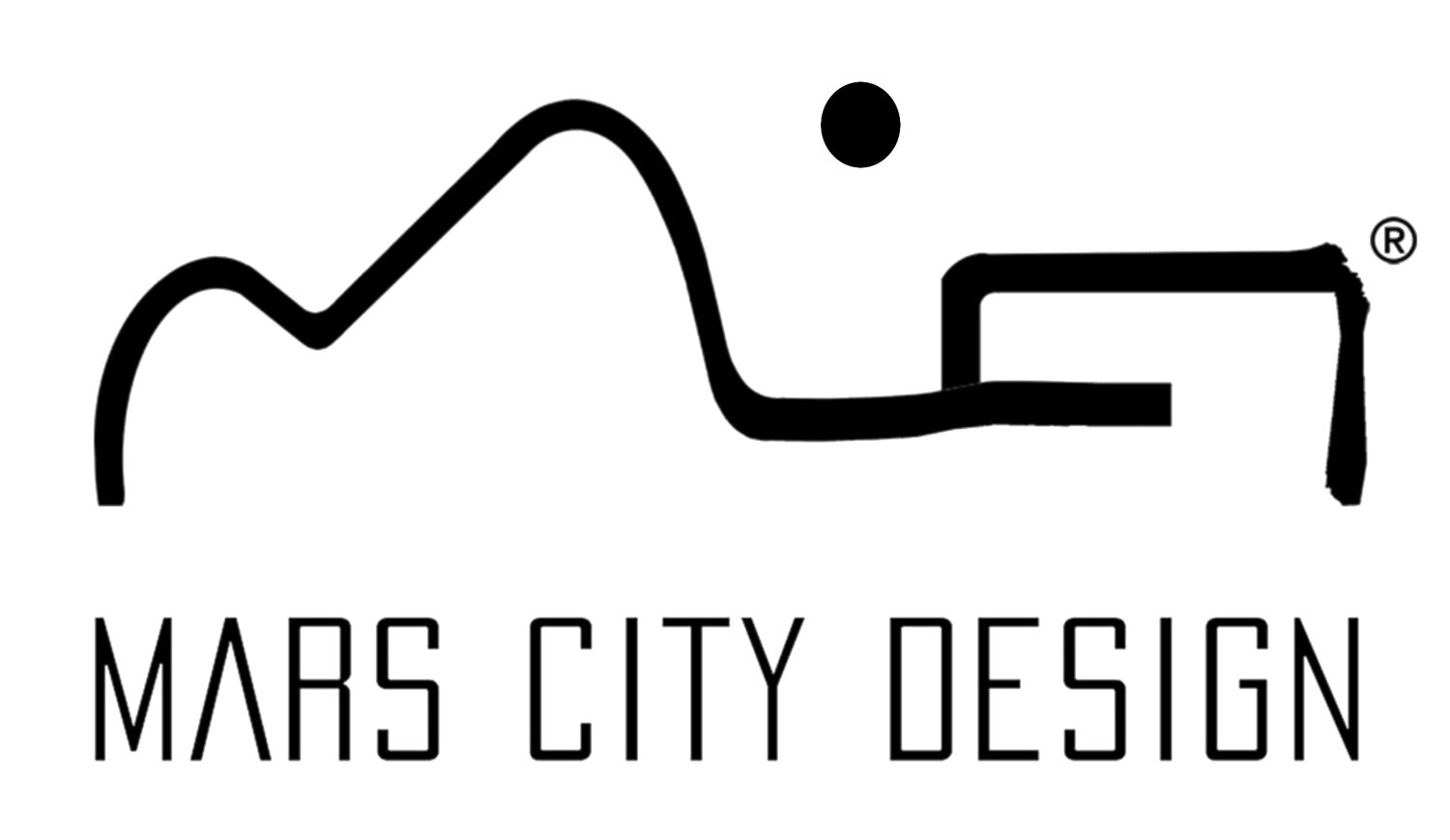You CAN have babies on Mars?
Hope for Aspiring Martians.
Tatiana, 12 years old, asked her mother:
“Mom, do you have any idea why we are called Generation Z?”
Her mother never thought of that and shrugged. Tatiana’s guess made her mom smile but also raised a concern:
“What if it’s because we are the LAST generation?” …
Image Credit: Mars City Design®
Well, we could be more hopeful now that a new study suggests that humans have the potential to become a multi-planetary species.
In the near future, if all goes according to plan, humanity will embark upon a bold new program of interplanetary exploration and settlement. This will include the commercialization of Low Earth Orbit (LEO), permanent human outposts on the Moon, and the human exploration of Mars.
Beyond that, organizations like Mars City Design are pursuing the vision of building cities on Mars, starting with the creation of the blueprints for the first Martian settlements. This has been inspiring other visionaries and influential leaders. There are even space companies that are recruiting multidisciplinary experts to volunteer for the commercial missions to Mars, as the first step in creating a base on the Red Planet.
Naturally, this presents all kinds of challenges. Beyond the logistical issues of sending humans and payloads to Mars every two years, there is also the question of whether or not humans can live beyond Earth. The fact of the matter is, going to space presents a whole lot of health hazards, not the least of which is radiation. Beyond Earth’s protective atmosphere and magnetosphere, exposure to solar radiation and cosmic rays increases dramatically.
For decades, scientists have studied the effects of space radiation to learn more about how it could harm our DNA and fertility. After all, if living on Mars and other locations beyond Earth leads to increased risks of cancer and infertility, it kind of puts a dent in the whole “going interplanetary” thing!
However, new research conducted by a team from the University of Yamanashi - with support from the Japan Aerospace Exploration Agency (JAXA) - has determined that space radiation may not be as harmful as previously thought.
For their study, the research team developed a method for evaluating the biological effect of space radiation using samples of freeze-dried mouse spermatozoa. These samples were divided into three sample groups that were kept aboard the International Space Station (ISS) for periods of 9 months, 2 years, and 9 months, and 5 years and 10 months (respectively). This study constitutes the longest biological research experiment.
What they found was that exposure to space radiation did not affect the DNA or the fertility of the spermatozoa. These same samples were then brought home and used to fertilize mouse eggs, which produced many genetically normal offspring without any change in the success rate (compared to the control group on Earth). In fact, their research indicated that mammalian reproduction will remain largely unaffected even after 200 years of exposure to elevated radiation.
What does this mean for future generations of would-be Martians? Basically, it means that human beings may be able to reproduce in space and on other planets. While the biological effects of long-term exposure to low gravity are still largely unknown, this latest research confirms that what is considered the greatest hazard may not be as hazardous as we worried.
Of course, this doesn’t mean that radiation protection and counter-measures should be disregarded by future generations who choose to live and grow off-world. It is, however, very encouraging news for those of us who share a vision of making humanity a multi-planet species! Knowing that we can live and thrive in space (which includes raising healthy children) is the first step in making it happen!
—Written by: Matthew Williams for Mars City Design®.
To find some inspiring visions about how future humans could be thriving on Mars, please check out the newly published The Martian Dispatches: From Mars to Earth.
The study, titled “Evaluating the long-term effect of space radiation on the reproductive normality of mammalian sperm preserved on the International Space Station,” was published in Science Advances (Jun 11th, 2021).

